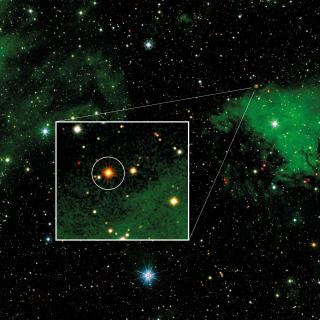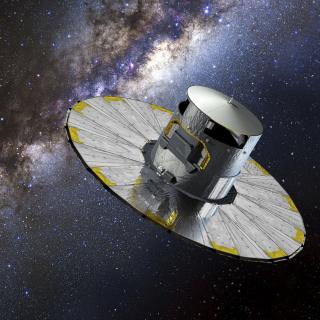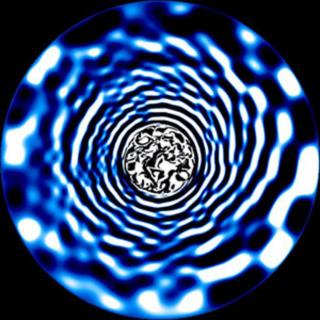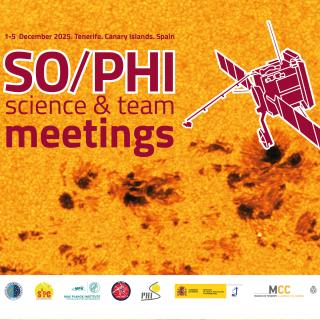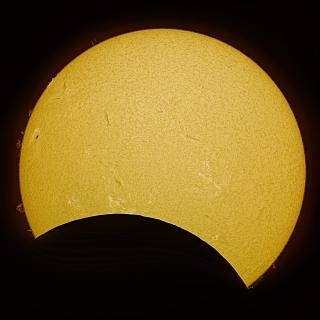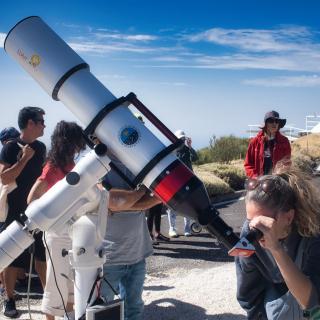A scientific team led by the University of Alicante, with participation by the Instituto de Astrofísica de Canarias (IAC) has produced a detailed study of the most massive young star cluster in the Milky Way. This cloud of stars contains different types of giant stars in diverse phases of evolution, and can be used as an excellent laboratory for the study of the formation and evolution of massive stars.
Stars tend to form in clusters, containing from just a few to several thousand stars, which share the same age and composition, although they show evolutionary differences. Among the clusters within the inner regions of the Milky Way, an outstanding example is the young cluster Westerlund 1º (Wd 1) which is less than ten million years old (the Sun, for comparison is five thousand million years old) and considered the most massive cluster in our Galaxy. Its population is an ideal laboratory for the study of massive stars. But it is hidden behind a dusty region which makes it hard to study. Now a research group has managed to penetrate the dust, to estimate the distance to the cluster very accurately, and to analyze the surrounding stellar population.
The population of stars associated with Westerlund 1, which looks like a catalogue of giant stars, includes all types of massive stars, from O-type giants and supergiants, to red supergiants, several extremely bright B-type hypergiants, and several yellow hypergiants, among others. Some of them are in rare evolutionary phases, and in different ways of interaction in binary systems, which makes this group of stars ideal for disentangling the evolutionary processes in very massive stars. However the exact determination of the masses and ages of the stars dependes on the parameters derived for the cluster, and up to now one of the main unknown quantities was its distance, as well as the effect of the extinction of its light by the interstellar dust between us and the cluster.
Galactic relic and glossary of giant stars
“”Wd 1 is undoubtedly one of the most interesting objects in our Galaxy” says Ignacio Negueruela, Professor at the University of Alicante, who is first author on the paper. “Because fo the major quantity of dust along our line of sight to the cluster, even a satellite telescope as advanced as Gaia finds it difficult to give us high quality data. We have had to apply a complicated statistical treatment to the observations to obtain such an accurate value for the distance. But Gaia has given us much more information, providing us with the real size of the cluster, and allowing us to idenify previously unknown stars within in."
Emilio J. Alfaro, a researcher at the Instituto de Astrofísica de Andalucía (IAA-CSIC) and a co-author of the article emphasizes the importance of the data from Gaia to select the stars which are cluster members, and to determine their exact distances. “The cluster lies some thirteen thousand light years away from the Sun, which means that its mass is closer to one hundred thousand solar masses than to a few tens of thousands, and shows that it is the most massive young star cluster in the local group of galaxies, with the exception of R136 in the Large Magellanic Cloud."
“All the stars which we can get to see in this cluster are much more massive and brighter than the Sun. Some are so big that if we put one of them at the centre of the solar system it would almost reach the orbit of Saturn. In fact one of them is a candidate for the biggest star we know. The importance of the cluster is that all of these extreme objects can be associated with the population from which they come” concludes Ricardo Dorda, a researcher at the IAC who participated in the research.
New clues to the Milky Way's spiral structure
The data from Gaia-EDR3 together with new spectroscopic observations obtained with AAOmega (The Omega spectrograph on the Anglo-Australian Telescope) have allowed the team to locate a large concentration of blue stars, which could be at some six thousand five hundred light years from the Sun, and which are a star formation complex, or a segment of a spiral arm previously unknown.
“The detection of a concentration of blue stars, with angular motion very similar to that of the cluster, but closer to us, requires a more detailed study to show us their nature and origin. This direction in the Galactic plane has large numbers of young stars, and our determination of the distance to Wd 1 also gives us an indication of the probable position of one of the internal spiral arms of the Galaxy, which is basic to our understanding of its compex spiral structure” adds Alfaro.
Only globular clusters, old concentrations of stars in the galactic halo, have masses in the range comparable to, or bigger than, Westerlund 1 (between ten thousand and a million solar masses). But they are among the oldest objects int the Galaxy, whose ages are greater than twelve thousand million years. Sudying the formation of this very young stellar cluster could give us clues helping to understand how the most massive clusters are forming at the present time, and why there are so few of them.
Article: I. Negueruela et al: "Westerlund 1 under the light of Gaia EDR3: Distance, isolation, extent, and a hidden population", Astronomy & Astrophysics 2022 .arXiv: 2204.00422
Contact at the IAC:
Ricardo Dorda, rdorda [at] iac.es (rdorda[at]iac[dot]es)
